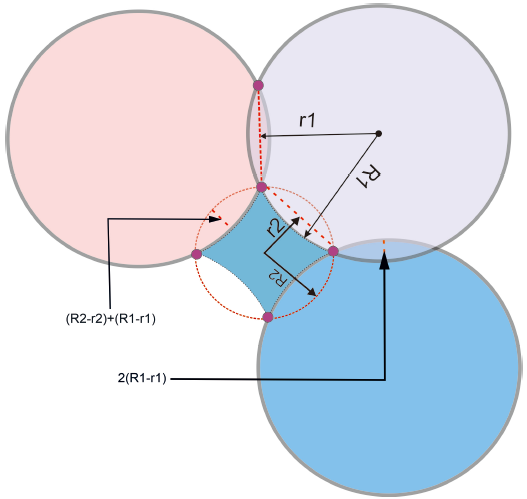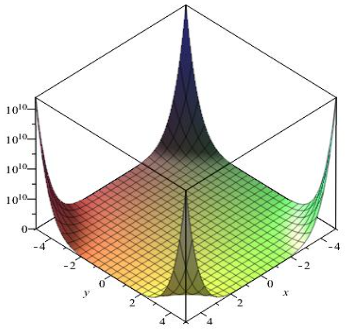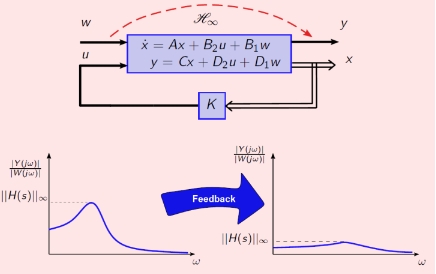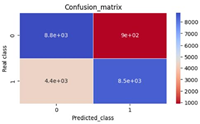Random vector representation of continuous functions and its applications in quantum mechanics
Abstract
The relation between continuous functions and random vectors is revealed in the paper. The main meaning is described as: for any given continuous function, there must be a sequence of probability spaces and a sequence of random vectors where every random vector is defined on one of these probability spaces, such that the sequence of conditional mathematical expectations formed by the random vectors uniformly converges to the continuous function. This is a random vector representation of continuous functions, which is regarded as a bridge to be set up between real function theory and probability theory. By means of this conclusion, an interesting result about function approximation theory can be obtained. The random vector representation of continuous functions has important applications in physics. Based on the conclusion, if a large proportion of certainty phenomena can be described by continuous functions and random phenomena can also be described by random variables or vectors, then any certainty phenomenon must be the limit state of a sequence of random phenomena. Then, in the approximation from a sequence of random vectors to a continuous function, the base functions are appropriately selected by us, and an important conclusion for quantum mechanics is deduced: classical mechanics and quantum mechanics are unified. Particularly, an interesting and very important conclusion is introduced as the fact that the mass point motion of a macroscopical object possesses a kind of wave characteristic curve, which is called wave-mass-point duality.
References
[1]Li H. Probability representations of fuzzy systems. Science in China Series F. 2006; 49(3): 339–363. doi: 10.1007/s11432-006-0339-9
[2]Loeve M. Probability Theory, 4th ed. Springer-Verlag; 1977.
[3]Halmos PR. Measure Theory. Springer New York; 1950. doi: 10.1007/978-1-4684-9440-2
[4]de Barra G. Measure Theory and Integration. D. Halsled Press; 1981.
[5]Browder A. Mathematical Analysis, An Introduction. Springer-Verlag; 1996.
[6]Graves LM. Theory of Functions of Real Variables. McGraw-Hill; 1946.
[7]Bohnenblust HF. Theory of Functions of Real Variables. Princeton University Press; 1937.
[8]Kress R. Numerical Analysis. Springer New York, 1998. doi: 10.1007/978-1-4612-0599-9
[9]Davis GG. Interpolation and Approximation. Blaisdell Publishing; 1963.
[10]David JG. Introduction to Quantum Mechanics, 2nd ed. Prentice-Hall, Inc; 2005.
[11]Zeng JY. Quantum Mechanics, 5th ed. Science Press; 2015.
[12]Prigogine L. The End of Certainty. Free Press; 1997.
Copyright (c) 2024 Hong-Xing Li, Wei Zhou, Hong-Hai Mi

This work is licensed under a Creative Commons Attribution 4.0 International License.











